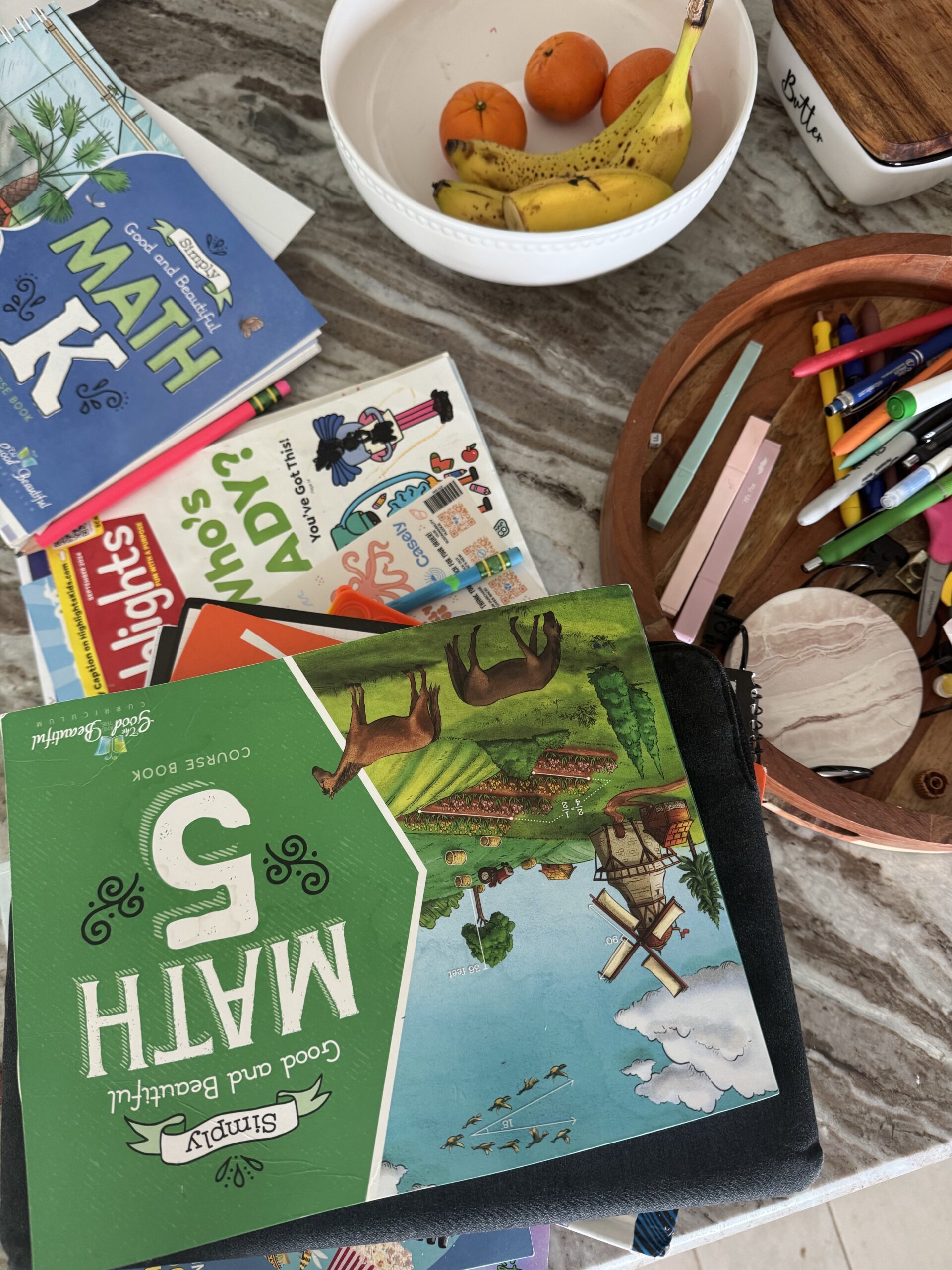If you’re using a scripted ELA curriculum like Wit & Wisdom, CKLA, or Arts & Letters, chances are you’ve felt both grateful and frustrated. These programs offer structure—but they don’t always meet your students where they are.
That’s where supplementing your scripted curriculum (without doing the most) becomes essential. You don’t need to rewrite every lesson or start from scratch. You just need a plan that puts your students and standards first.
Here’s how I make my curriculum my own—without adding more to my plate.
✨ Start With Your Standards
Your curriculum is a tool, not a goal. Even if your lessons are pre-planned and paced out, your instruction should still be rooted in your state standards.
When I first started teaching, I didn’t realize that following a curriculum word-for-word could still leave major skill gaps—especially in writing. But now I plan with my standards as the compass, and I adapt the script as needed to make sure students are mastering what truly matters.
🔎 Check for a Standards Alignment
Most scripted ELA programs offer a standards alignment chart—check your teacher materials, district site, or the publisher’s website. This will show you:
- Which ELA standards are fully addressed
- Where there are partial matches
- What’s missing completely
If you can’t find a chart, take a few minutes to skim your grade-level standards and map them roughly to your unit. It’s not glamorous—but it’s powerful.
🧠 Know Where Your Students Are
Your curriculum assumes a lot—that your students have mastered sentence structure, can write paragraphs independently, or have enough background knowledge to dive into complex texts.
But as real teachers know, that’s not always the case.
✅ Pre-Assess Early
Giving a simple writing pre-assessment during the first week of school can make everything else easier. You’ll know what skills to reteach, what gaps to fill, and when it’s okay to move forward.
Need something fast and effective?
I created the Grammar Snapshot—a free, sentence-level writing assessment for upper elementary teachers. It’s easy to administer and helps you identify exactly what your students need. Plus, it includes a grouping guide for small group instruction.
👉 Grab the free Grammar Snapshot here
This one tool helps you supplement your scripted curriculum without overthinking or overplanning.
💬 Use Informal Student Polls
Curriculum writers often assume students have a strong foundation in background knowledge, vocabulary, or even basic sentence skills. A quick, informal check can help you catch these gaps early.
Before starting a new unit, try asking:
- “Do you know who [text character] is?”
- “Have you written this kind of paragraph before?”
- “What does the word theme mean to you?”
Their responses will tell you whether you need to build background knowledge through small group activities, quick reads, or mini-lessons—before you launch into the script.
✂️ Cut the Fluff—Guilt-Free
Let’s be real: you can’t do it all.
Scripted curriculums are often built under ideal conditions with perfect pacing and zero interruptions. That’s not real life.
You have permission to trim what doesn’t serve your students.
Think of your curriculum like a menu—you don’t have to serve everything. Cut or condense lessons that are redundant, low-impact, or that repeat skills your class has already mastered. This gives you time and space to focus on what they actually need—especially when it comes to sentence writing and grammar instruction.
🧃 To Sum It Up…
Scripted programs like Wit & Wisdom, CKLA, and myView Literacy aren’t bad—they’re just not built for every student in every classroom. When you supplement your scripted curriculum with intention, you give your students (and yourself) a better shot at success.
Start by:
- Leading with your standards
- Checking for gaps in coverage
- Centering your students’ needs
- Using tools that simplify—not complicate—your planning
Make your curriculum your own.
👉 Download the Grammar Snapshot here and get a crystal-clear picture of your students’ writing skills—so you can support them where they are and set them up for where they’re going.
You don’t have to rewrite the script.
You just need to know how to direct it.












+ show Comments
- Hide Comments
add a comment